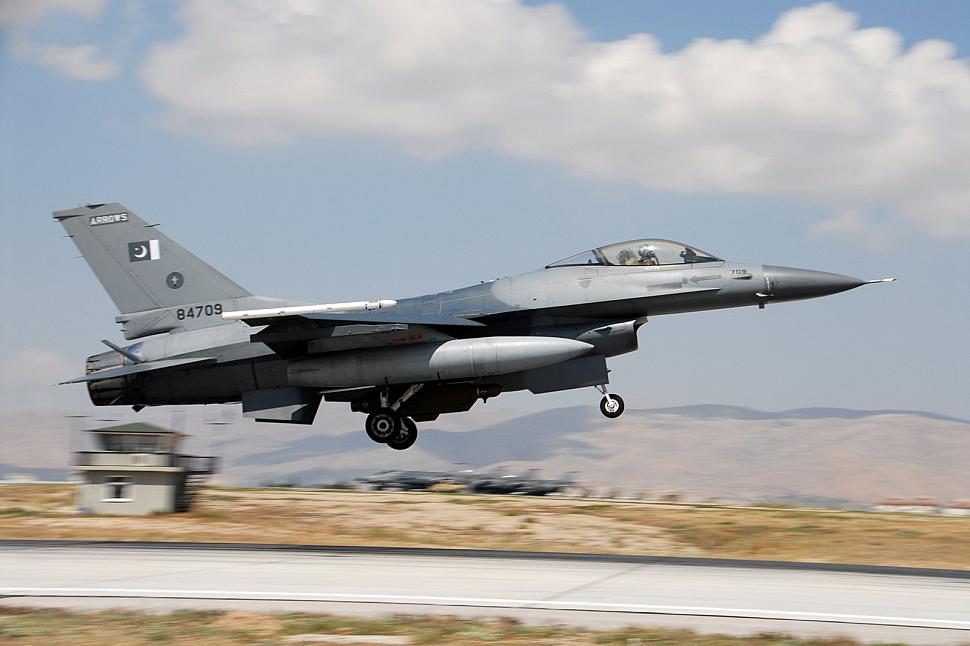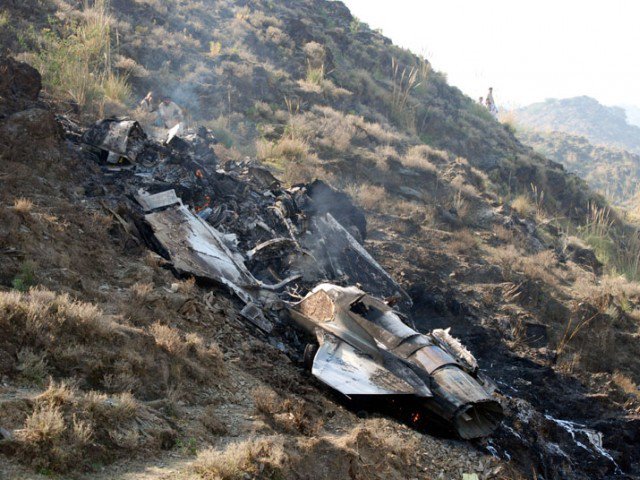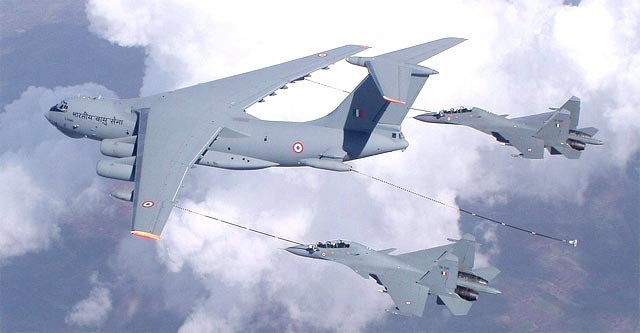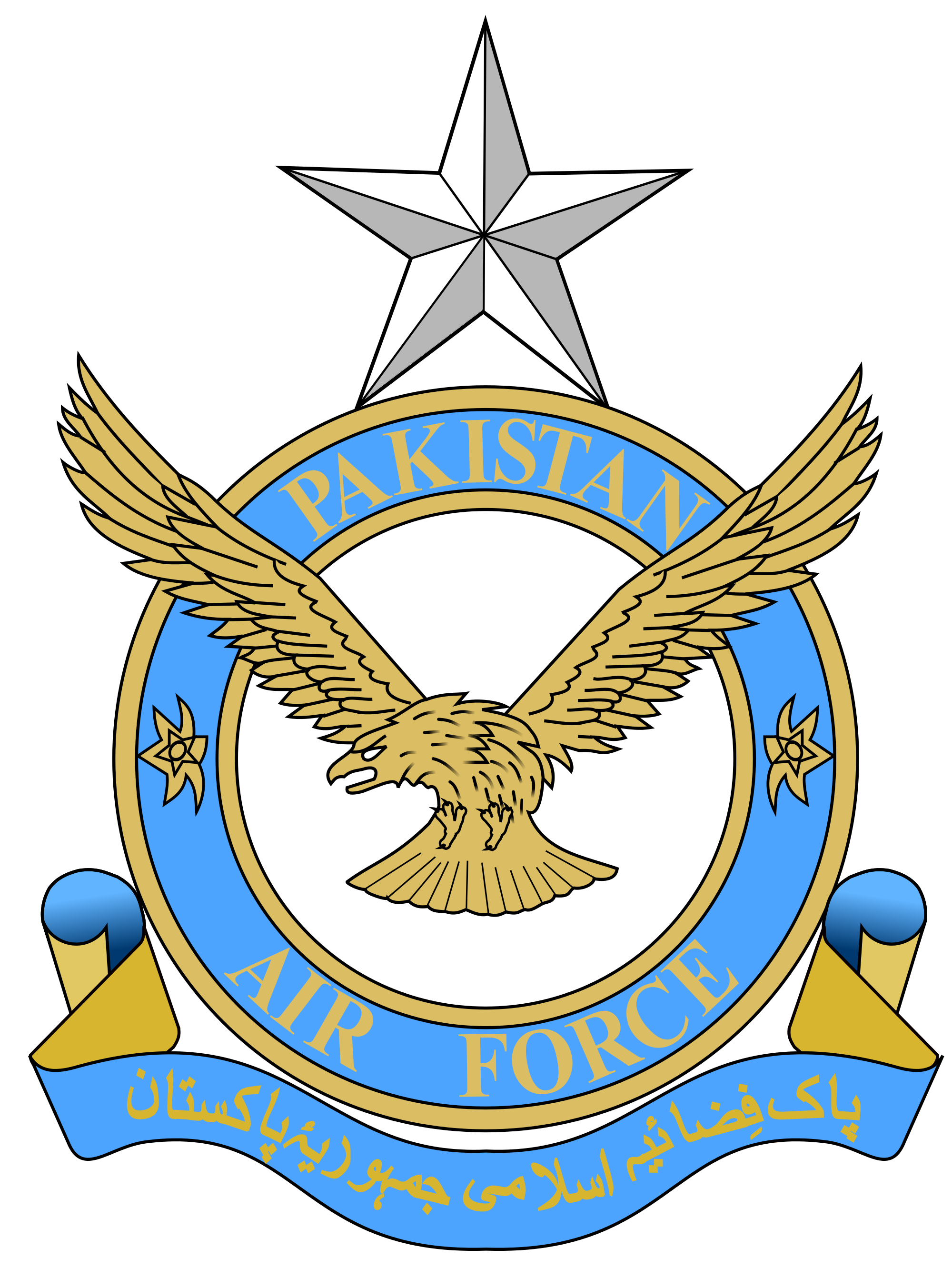While news channels are abuzz with the cross-border strike conducted by India, tensions between our neighbor and us are at an all-time high. The recent attack by the Indian paratroopers and the alleged involvement of helicopters does raise credible questions on the capability of the PAF (Pakistan Air Force) to guard its airspace
If the rumors from across the border are to be believed, then the Pakistani Army has already prepared an operational plan and has selected targets in India. As a show of operational readiness, PAF had recently landed a Mirage fighter on a stretch of highway. They have also increased the number of patrolling aircraft and patrol sorties.
As an exhibition of its force, the PAF has moved a vast majority of their 500+ fighter aircraft to counter any threat from India. Although on paper, the IAF (Indian Air Force) has 860+ fighter air crafts (giving it a distinct advantage of having 1.7 fighters for every Pakistani fighter), the IAF cannot deploy all its assets against Pakistan. To prepare for a 2-front war (China and Pakistan), it would only use ½ of its assets on the Western front. This complication gives the PAF a distinct advantage and brings down the ratio to 0.8 Indian fighters for 1 PAF fighter, not to mention that a huge chunk of it would be the aging MiG-21.

The odds may seem to be stacked for PAF, but fortunately, wars are neither fought nor won on paper. God forbid, but in case a war does break out, the IAF has more than what it takes to not only hold its own fort but also maintain complete air dominance. What the IAF lack in sheer number is more than made up for by the advanced support air crafts and superior ground equipment that it possesses.
If we take a look at the PAFs inventory, except the Chinese JF-17 most, its fighters are from the 80s, including the F-16s (most of them being the C/D or A/D Block-15 or 25 fighters, Block-60 being the latest). Although most of the aircraft have been extensively upgraded, they are not exactly in pristine condition, with more than 190 aircraft in its existing inventory needing replacement by 2020. One may argue that so is the case with Indian MiG-21, but it is not so. India has a robust plan for the replacement of these aircraft by inducting both indigenous and imported fighters, with 36 Rafales being the first step in this direction. Pakistan simply does not have that advantage. With the recent Su-35 deal with Russia going sour and the outright rejection by the Americans to sell anymore F-16s, Pakistan’s only option is to fill up its fleet with Chinese aircraft. With 2 of them crashing in the span of 1 week (not to forget the +1 drone), we know what to expect in case of war.

Fun fact: these stats and facts were actually the positive sides of the PAF. If we take a look at the fleet of support aircraft, IAF boasts an extensive fleet of aerial refueling tankers and AEW&C, and if we couple these with the 4+ generation aircraft of the Indian Air Force, they form a formidable force. Pakistan severely lacks on aerial refueling capabilities and does not have a dedicated tanker aircraft. They have some AEW&C aircraft, but these are no match for the IAFs AEW&C platforms. The IAF has 2000+ support aircraft while the PAF has about 900; this gives a distinct edge regarding mobility to the IAF. All this while, we have only talked about sheer numbers, paying little attention to aircraft performance parameters. The IAF operates 242 Su-30MKi which is an air-superiority fighter (primarily it is built to shoot down enemy fighters) while Pakistan has 0 air superiority fighters.

India has a three-layer air defense system with the Su-30 MKi being the primary layer, followed by the secondary layer of Mirage 2000s and Mig-29 and a third layer of Mig-21s. This 3-tier air-defense system is supplemented by a broad range of Long Range Solid State Active Phased Array RADAR, 3D Surveillance Radar (3D TCR) and 2D mobile surveillance radar for low-level target detection coupled with deadly SAM systems (Bark-8, Akash, etc. and S-400 and SPYDER in the future). The Pakistani air defense system mainly consists of radars and SAM systems of mostly Chinese origin. These systems have proven their effectiveness on several occasions: the Americans intruding Pakistani airspace and killing Osama bin Laden, the frequent killing of terrorists in Pakistan using drones or the news about Indians using helicopters for this recent surgical strike. Leaving all these crippling disadvantages behind, even if we assume that PAF attains a kill ratio of 1:1, the decisive factor would be economic might. While the IAF is more than capable of producing in masses and replace lost fighters, Pakistan might have the industrial capability but lacks the resources. The PAF is well aware of these facts. A war with India would not only completely decimate the PAF but also render the PAF non-existent for years after the war. Though it is never advisable to underestimate an enemy, in our case, it would be safe to say that, currently, the PAF is “All bark and no bite.”




[…] Source: PAF a credible threat or “All bark and no Bite”? […]